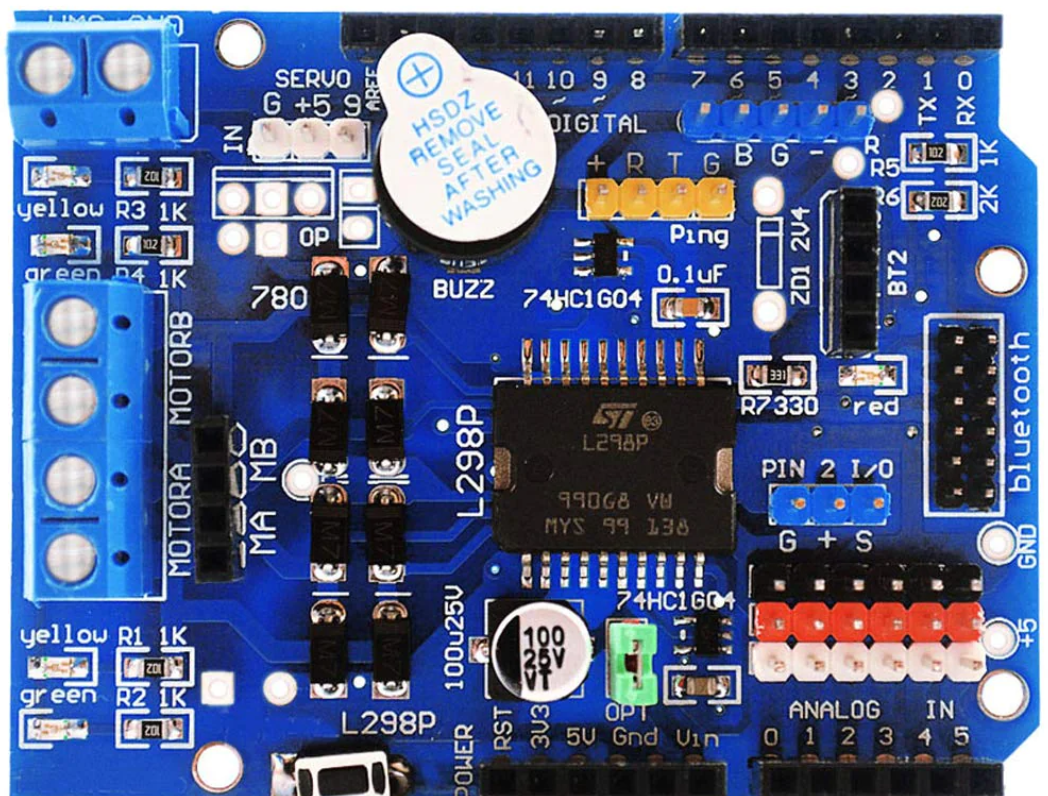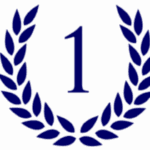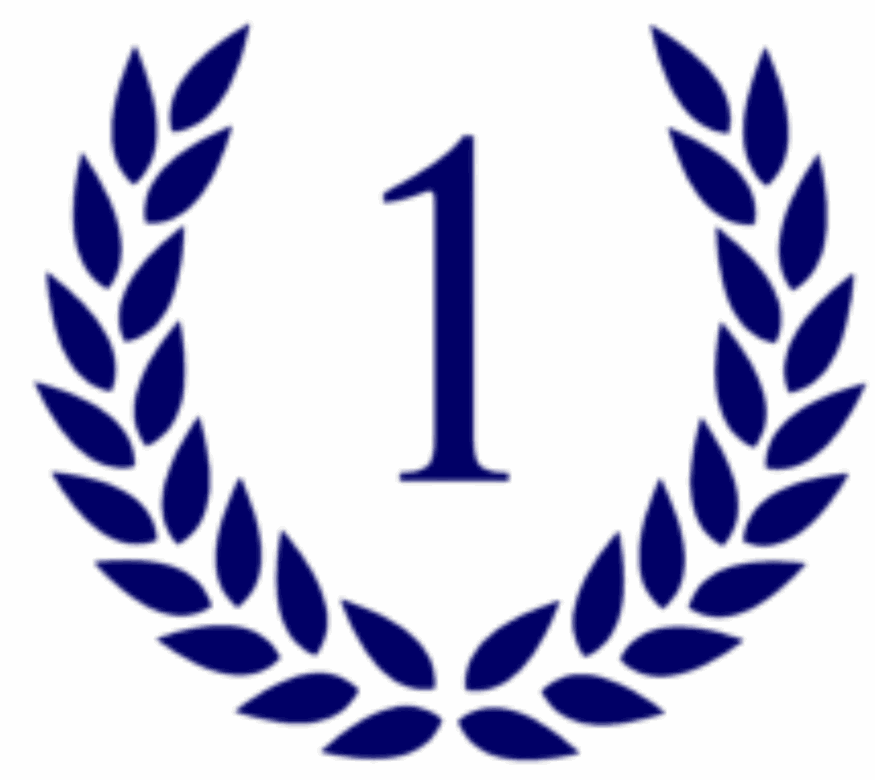
One of the strategies I’ve found particularly effective in tutoring engineering students is the use of problem-based learning (PBL). This approach immerses students in real-life engineering scenarios, requiring them to apply the theoretical knowledge they’ve learned. For instance, when discussing mechanical engineering principles, I often introduce case studies that require students to calculate load-bearing capacities or analyze stress distribution on a bridge structure. This contextual learning not only improves their grasp of the material but also enhances their problem-solving skills, which are essential in engineering practice. Another challenge I’ve noticed is that many students, especially first-year engineering students, feel overwhelmed by the fast pace of their courses. Tutoring provides a space for them to slow down, ask questions, and build confidence in areas where they feel less competent. Through one-on-one or small group sessions, I can offer personalised explanations and techniques, like breaking down complex equations into manageable steps or linking abstract concepts to everyday examples. In engineering education, where the stakes are high and the material is demanding, the role of a tutor extends beyond simply clarifying course content. It involves inspiring students to think like engineers—to approach problems analytically, consider various solutions, and recognize the real-world impact of their work. This not only helps them academically but also prepares them for the challenges and responsibilities they’ll face in their future careers.
Cameron Rolph

